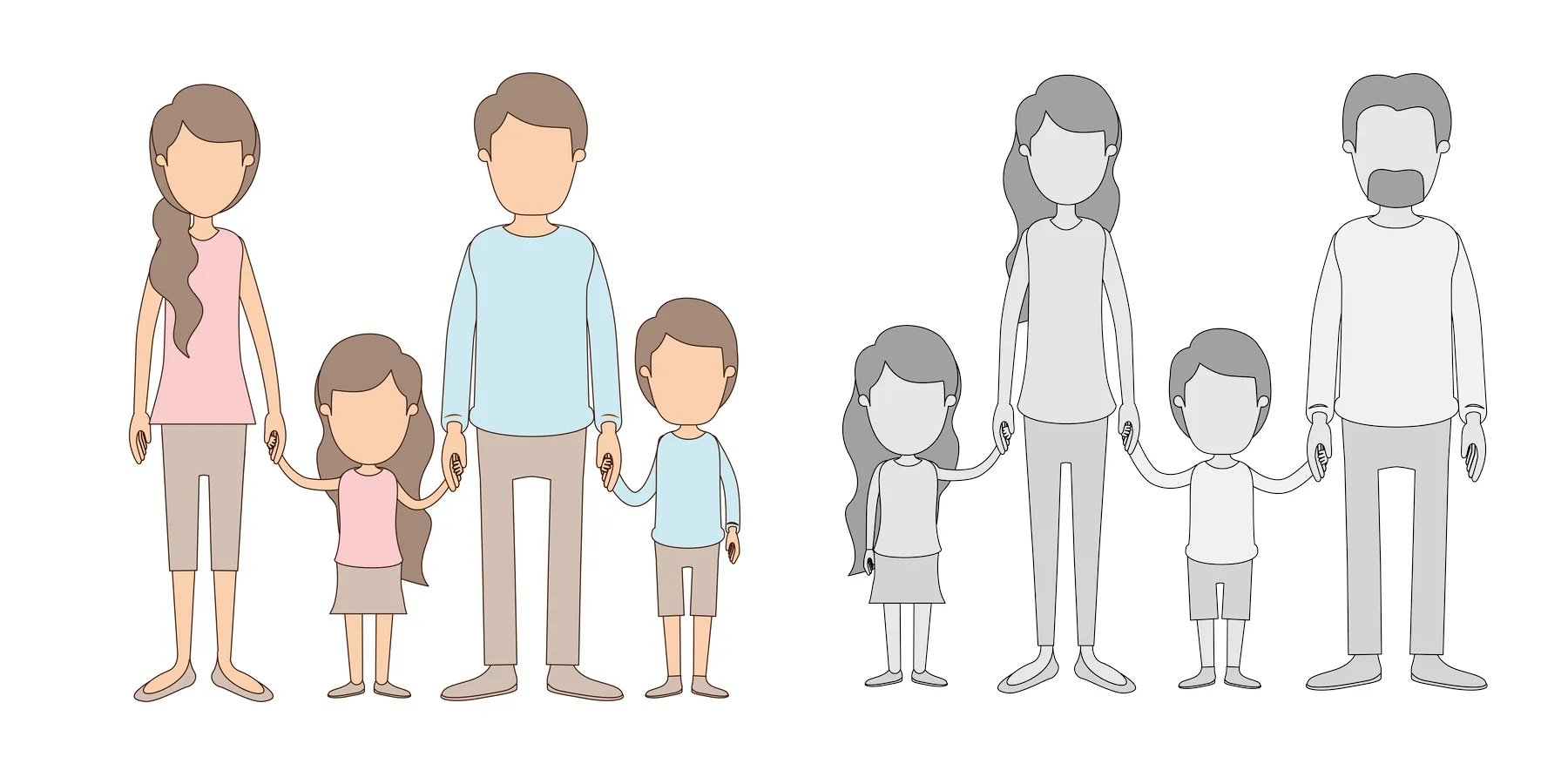In pediatric medicine, increasing attention is being paid to the desirability of children's participation in decisions regarding their medical care.1,2 After noting that physicians have a professional duty to involve the pediatric patient in decisions, this piece proposes a basic framework to approach the child's role in shared decision making.
Sometimes described as "triadic," the pediatric relationship is complex in that it almost always involves the patient, the patient's parent(s) or guardian(s), and the physician. Traditionally, only the latter 2 parties have been involved in health care decisions for the patient, on the assumption that the pediatric patient is legally incompetent and that parents or guardians, with the assistance of physician's medical expertise, generally are the most appropriate decision makers for minors.
However, these conceptions, which are rooted in the legal tradition, are inadequate in shaping the partnership between the 3 parties. Indeed, a system based primarily on legal circumstances fails to consider several essential principles that are at the core of medical ethics and professionalism.
In its Convention on the Rights of the Child, the United Nations recognizes the right of every child to self-determination, dignity, respect, noninterference, and the right to make informed decisions.3 Though these rights may represent a departure from the way decisions have been handled in the pediatric setting, they are more directly aligned with notions of respect for the patient's dignity and rights.4 They also serve to acknowledge that physician's primary obligation is to the child, whose preferences and insights therefore are helpful to guide decisions.1,5
Above and beyond the law, the requirements that are delineated in the United Nations' Convention are necessary to developing the pediatric patient's trust in the medical profession. They are also important to ensure that medical decisions are directed to the needs of the child, not those of another party. After all, it is the child's life that is most directly affected by the outcome of a medical decision. Besides, involvement in health care may give the child a sense of control and ownership over a decision, positively impacting the medical experience.6 It is for these reasons that children, as soon as they are able to communicate and to participate in decisions that affect their medical care, should be encouraged to do so.7
Involving children neither means excluding parents, whose support children usually need, nor giving children the final say. Rather, it entails involving children at a level commensurate with their development, experience, and desire to participate, while affirming parents' responsibility.1 In this vein, the American Academy of Pediatrics, which maintains the position that children and adolescents should not be excluded from medical decision making without persuasive reasons, advocates participation of children in these decisions to the extent that their ability allows.8
Mirroring the progression of their development, children's involvement in health care decisions should occur along a spectrum, the first stage of which is being informed. At the very least, health care professionals should help children to achieve awareness of the nature of their condition and should convey full and accurate information regarding tests, treatment, and expectations.
This step is significant inasmuch as the strength of participation depends on information the child receives. Unfortunately, limited information exists regarding how to design materials for children. Currently, most materials are directed to parents or do not take into account that children at different stages have different needs.9
Children who are able to communicate at least should be consulted. This step provides them with an opportunity to express their views. At the next level, children's views may be taken into account, requiring other parties in the partnership to explore the reasons behind the child patient's preferences. Finally, children can be respected as primary decision-makers, who still function in a partnership with parents or guardians and physicians. These children may grant or withhold consent.
In addition to the stage of a child's decision-making capacity, the other variant that impacts level of involvement is the complexity and significance of the decision. For example, the same child, at an early stage of development, might act as the main decision-maker in determining the site of a needle stick, while she will only be informed or consulted regarding a more weighty decision, such as whether to undertake another course of chemotherapy.
This framework for the involvement of children in decision making is rather basic, as are most existing ones. There is a lack of extensive research-based evidence regarding outcomes of shared decision making and how to assess children's aptitude to participate in making health care decisions. As a result, providing a more sophisticated and specific mode for managing shared decision making is difficult. Research is needed to develop explicit, formalized rules to govern the partnership.9
References
- Harrisson C, Kenny NP, Sidarous M, Rowell M. Bioethics for clinicians: involving children in medical decisions. Can Med Assoc J. 1997;156(6):825-828.
-
Shafer A. Who decides for the child? The case of Tyrell Dueck. Accessed July 19, 2003.
-
United Nations. Convention on the Rights of the Child 1989. Geneva: UN, 1989.
-
Principle I. American Medical Association. Principles of Medical Ethics. Code of Medical Ethics, Current Opinions with Annotations. Chicago: AMA Press; 2002: xiv.
-
Principle VIII. American Medical Association. Principles of Medical Ethics. Code of Medical Ethics, Current Opinions with Annotations. Chicago: AMA Press; 2002: xiv.
- Deatrick JA, Woodring BC, Tollefson TL. Children should be seen and heard. Chronically ill children should have a voice in treatment decisions. Health Prog. 1990;71(3):76-79.
-
Chapter 11: Summary of good practices. In: British Medical Association. Consent, Rights and Choices in Health Care for Children and Young People. London, BMJ Press; 2000:228-239.
- Committee on Bioethics, American Academy of Pediatrics. Informed Consent, Parental Permission, and Assent in Pediatric Practice. Pediatrics. 1995;95(2):314-317.
- Dixon-Woods M, Young B, Heney D. Partnership with children. BMJ. 1999;319(7212):778-780.




